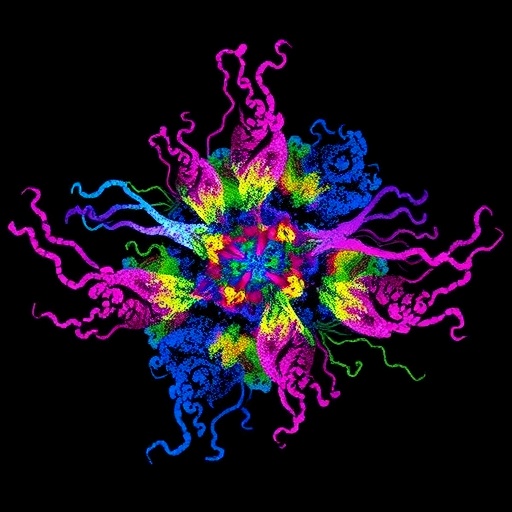![]()
Credit: Unsplash
Presidential Grant was awarded to the young scientist from the School of Natural Sciences of Far Eastern Federal University (FEFU) to support the development of photopolymer silicone quickly curing in the process of 3D printing. Such material is an excellent one for printing medical implants, equipment, contact lenses, for the porpoises of the automotive industry, sports industry, and useful in other fields where flexible and durable parts with complex configuration are required.
Today, almost any detail’s producing available via 3D printing. However, silicone printing technology still doesn’t meet industry standards. Unlike plastic and metal hardening, silicone curing is poor, and it’s difficult to print out silicone detail in the necessary configuration. For this reason, all silicone gear has been manufactured by casting, injection molding and molding methods. If the part is bulky or has a complex configuration, such methods are not convenient and cost effective.
FEFU young scientist Mikhail Tutov has proposed developing a new photopolymer silicone for 3D printing. The compound will consist of industrial silicone and special hardener additives, i.e. photoactive materials that will bind silicone under ultraviolet radiation when printing.
If successful, the medical and other industries will receive a unique composition of photopolymer silicone for quickly and easily print out any necessary gear.
“We want silicone polymer freezes under ultraviolet radiation, which will allow us applying such development in industrial 3D machines. The polymer should be optically transparent, liquid enough and stable in the long-term. However, for silicones, such conditions are difficult to achieve. There is just news on the Internet on similar developments, but we have not been able to find a real polymer with such properties anywhere in the market. The main problem is that there are very few dissolving-in- silicone compounds. We need to make up such additives that will dissolve in silicone and ensure its curing under UV irradiation”, Mikhail Tutov said the project manager
The FEFU scientist plans to develop photoactive functional additives based on promising compounds of dendrimers which are polymers with complex molecules structure that resembles the crown of a tree, with a large number of branches. There are many functional groups at the ends of branches, and scientists can work with them.
According to Mikhail Tutov, the most time-consuming and financially demanding work process will be the synthesis of the optimal dendrimeric molecules. However, the final composition will be cost-effective, since a relatively small amount of photoactive additive will be required for the total silicone volume. In the compound, the scientist plans to use industrially available silicone modified according to the experiment needs, which makes a final development cheap and profitable.
The scientist noted that the manufacture of medical implants so far is out of the question. Firstly, one needs to develop an approach to create silicones that are well suited for 3D printing. The next step is to obtain medicine grade silicone for the achievement of absolute biocompatibility.
Dendrimers were picked as promising molecules for studying about 10 years ago. Today they are among the most promising nanotechnological materials and are available for application in various fields, including in the manufacture of displays.
Silicone implants are widely used in medicine because this material is one of the most biocompatible. It’s soft, elastic, resistant to degradation, including under high temperatures, and retains its properties for many years.
###
Grant MK-2319.2020.3 “Development and research of new photopolymers based on polyfunctional organosilicon compounds”.
Media Contact
Alexander Zverev
[email protected]




